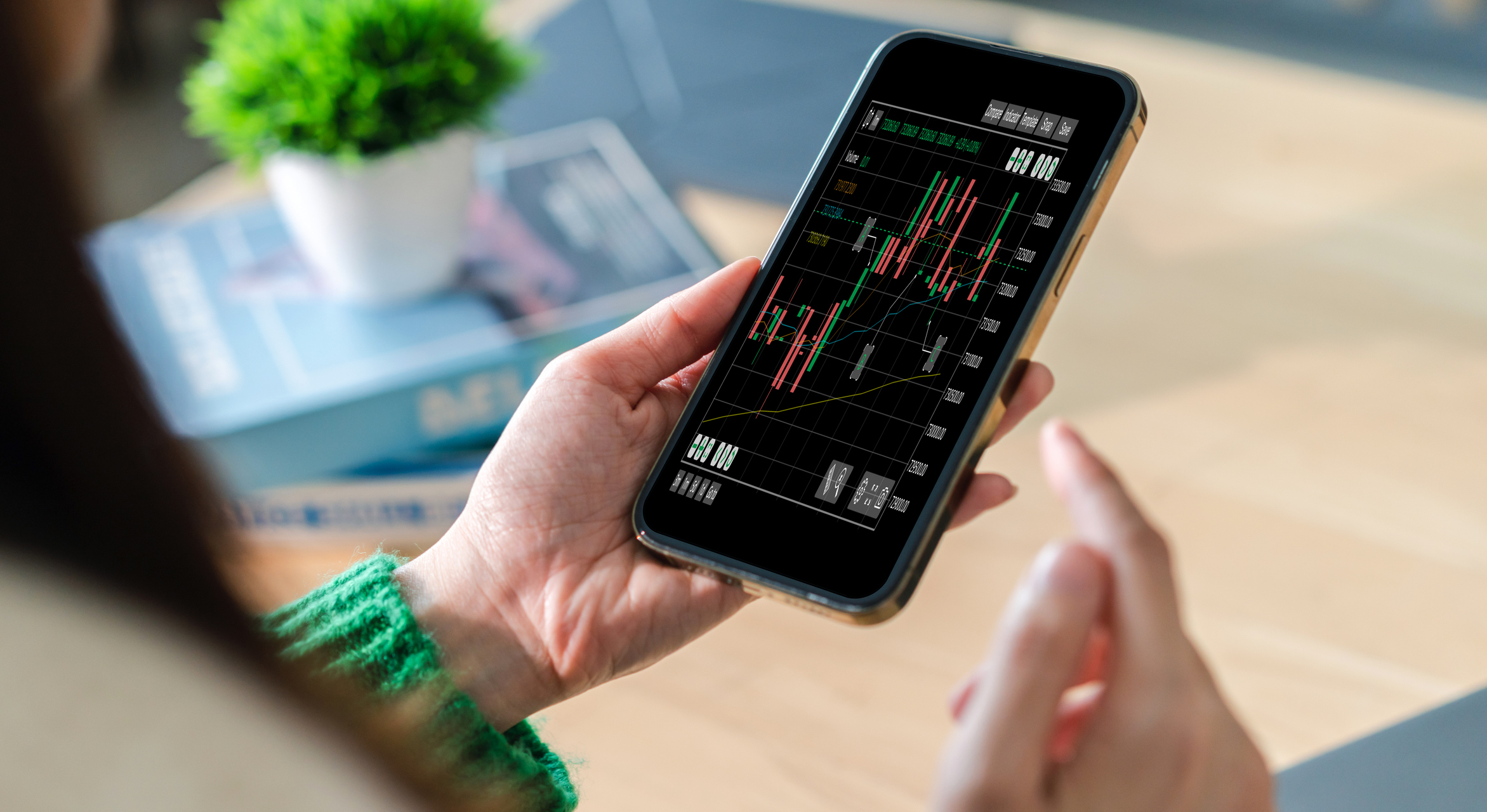3 Best International Mutual Funds to Play the Global Economic Recovery
Why you should look overseas to grow your portfolio.

U.S. stocks have trounced their foreign counterparts over the course of the current bull market, but the era of American stock market dominance began to wane this year. “For the first time in years, we’re seeing a broad-based global ecnomic recovery,” says Jim Paulsen, chief investment strategist at Leuthold Group. And although the U.S. is in the late stages of the recovery, foreign economies have more ground to make up—a boon for stocks in those countries.

Kiplinger's Best List, 2017
- Best FAANG-less Stocks
- 3 Best International Mutual Funds to Play the Global Economic Recovery
- Best Ways to Make the Most of Rising Interest Rates
- Best Ways to Get Free Trades at Online Brokers
- Best Vales in Tech
- Best Health Savings Account
- Best Phone Plans for Every Type of User
- Best Benefits of Amazon Prime
- Best Ways for Investors to Play Defense
- Best Rewards Credit Cards
- The Best Bank for You
- Best Tax Software for You
- Best College Majors for Your Career
- Best College Savings Plan
Paulsen favors stocks from emerging nations over those from overseas developed markets, but he expects both to outpace gains in U.S. stocks for the remainder of the bull market.
For broad international exposure, consider a diversified, low-cost exchange-traded fund. Vanguard Total International Stock (VXUS, $55), a member of the Kiplinger ETF 20, tracks an index representing the entire market outside the U.S. The portfolio allocates 84% of assets to developed nations, with the rest in emerging markets. It comes with an expense ratio of 0.11%.

Sign up for Kiplinger’s Free E-Newsletters
Profit and prosper with the best of expert advice on investing, taxes, retirement, personal finance and more - straight to your e-mail.
Profit and prosper with the best of expert advice - straight to your e-mail.
Two mutual funds from the Kiplinger 25, the list of our favorite actively managed funds, offer a more targeted approach. Oakmark International (OAKIX) invests in bargain-priced stocks in developed Europe and Asia. Baron Emerging Markets (BEXFX) focuses on large and midsize emerging-markets companies with above-average growth potential and competitive advantages over their peers. Both funds sport five-year annualized returns that place them in the top 5% of similar funds.
Get Kiplinger Today newsletter — free
Profit and prosper with the best of Kiplinger's advice on investing, taxes, retirement, personal finance and much more. Delivered daily. Enter your email in the box and click Sign Me Up.
-
 Stock Market Today: Stocks Gain on Tech, Auto Tariff Talk
Stock Market Today: Stocks Gain on Tech, Auto Tariff TalkThe Trump administration said late Friday that it will temporarily halt tariffs on some Chinese tech imports.
By Karee Venema
-
 Sam's Club Plans Aggressive Expansion: Discover Its New Locations
Sam's Club Plans Aggressive Expansion: Discover Its New LocationsSam's Club expansion plans will open up to 15 new stores each year. Learn where they plan to open in 2025.
By Sean Jackson
-
 The 5 Best Actively Managed Fidelity Funds to Buy Now
The 5 Best Actively Managed Fidelity Funds to Buy Nowmutual funds In a stock picker's market, it's sometimes best to leave the driving to the pros. These Fidelity funds provide investors solid active management at low costs.
By Kent Thune
-
 The 12 Best Bear Market ETFs to Buy Now
The 12 Best Bear Market ETFs to Buy NowETFs Investors who are fearful about the more uncertainty in the new year can find plenty of protection among these bear market ETFs.
By Kyle Woodley
-
 How to Spend $1,000: Find Cheap (or Free) Online Courses to Build Career Skills
How to Spend $1,000: Find Cheap (or Free) Online Courses to Build Career SkillsSmart Buying There's a huge array of skill-building online courses that can level up your career for under $1,000.
By Kim Clark
-
 How to Invest $1,000: Loan to Kiva
How to Invest $1,000: Loan to KivaSmart Buying What could be better than donating to a good cause? Making that donation a loan and recycling it, re-investing after each repayment.
By Ellen Kennedy
-
 How to Invest $1,000: Open a Robo-Adviser Account
How to Invest $1,000: Open a Robo-Adviser AccountSmart Buying It's easier than ever to access low-cost, automated investing advice through a robo-adviser.
By Nellie S. Huang
-
 How to Invest $1,000: Buy Small-Cap Stocks
How to Invest $1,000: Buy Small-Cap StocksSmart Buying Shares of smaller firms have been beaten down in this market slump. But history shows they can still outperform over time.
By Kim Clark
-
 How to Invest $1,000: Buy Fractional Shares (of Great Companies)
How to Invest $1,000: Buy Fractional Shares (of Great Companies)Smart Buying If a single share of a pricey stock seems out of reach, programs from Schwab, Fidelity and Robinhood can get you access to just a slice.
By Anne Kates Smith
-
 Don't Give Up on the Eurozone
Don't Give Up on the Eurozonemutual funds As Europe’s economy (and stock markets) wobble, Janus Henderson European Focus Fund (HFETX) keeps its footing with a focus on large Europe-based multinationals.
By Rivan V. Stinson